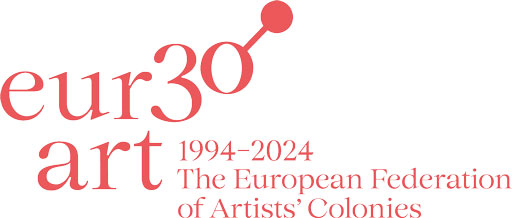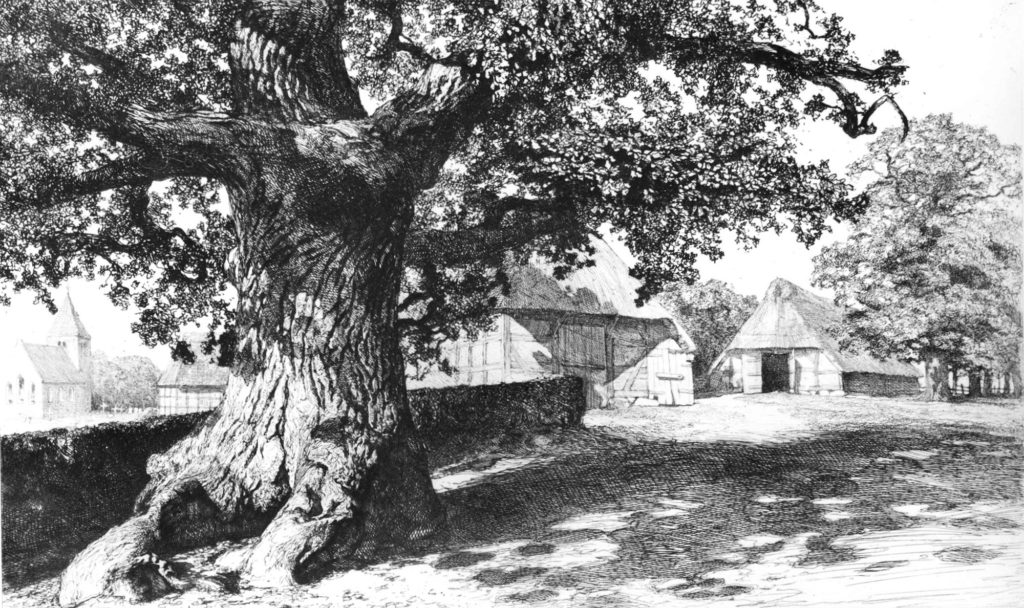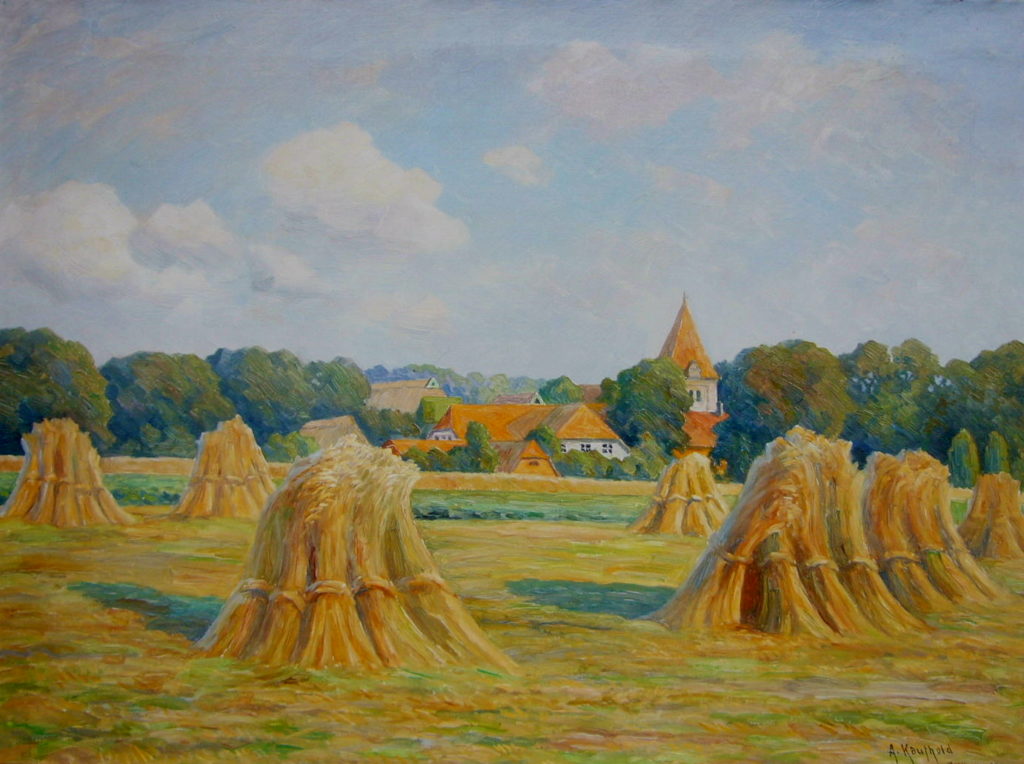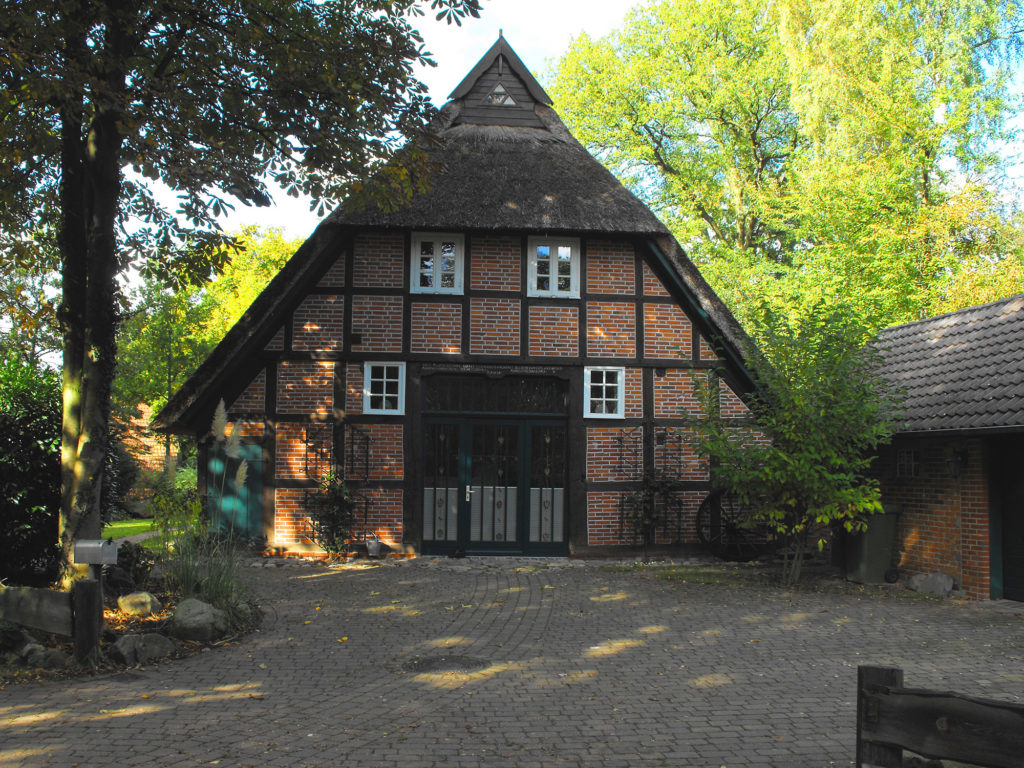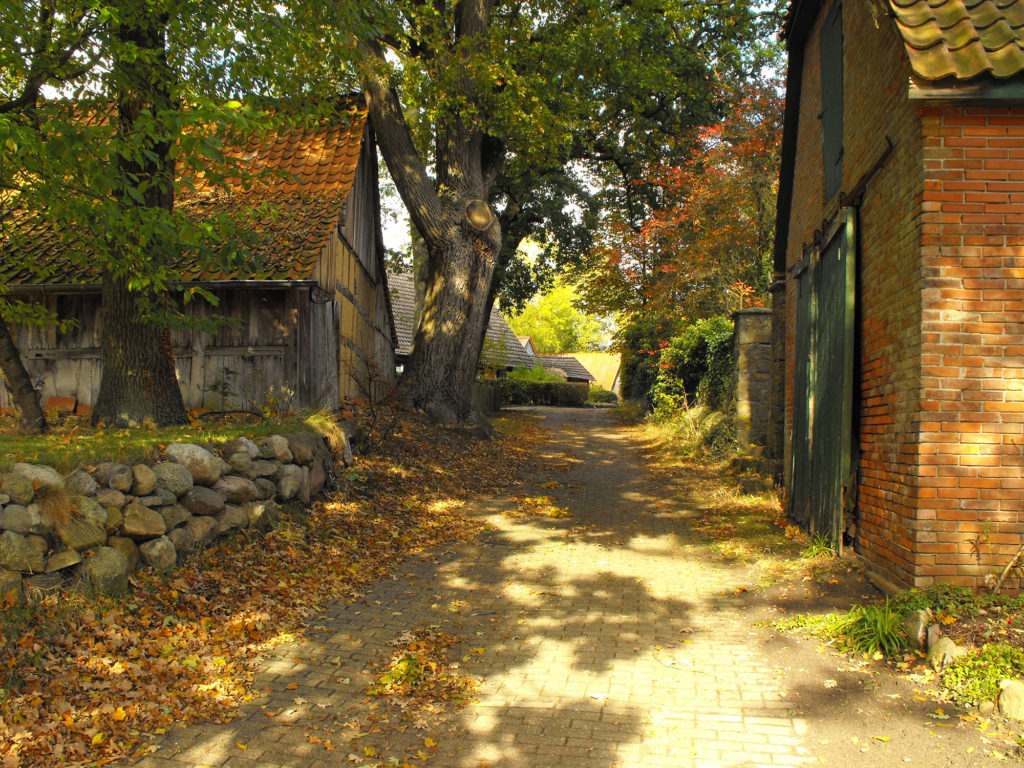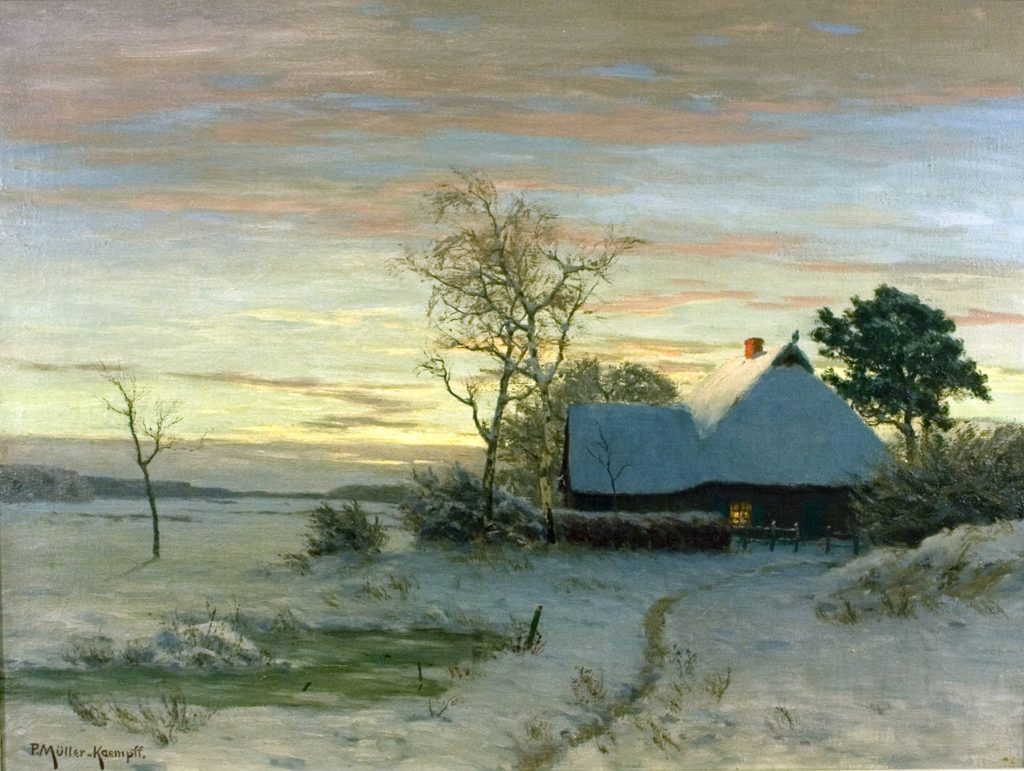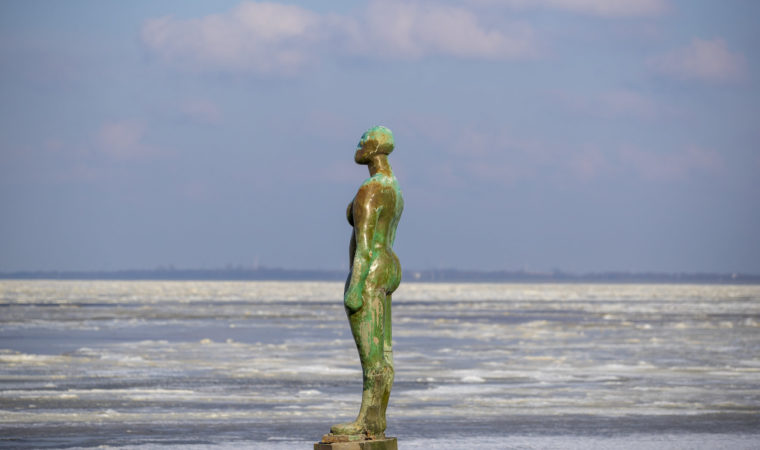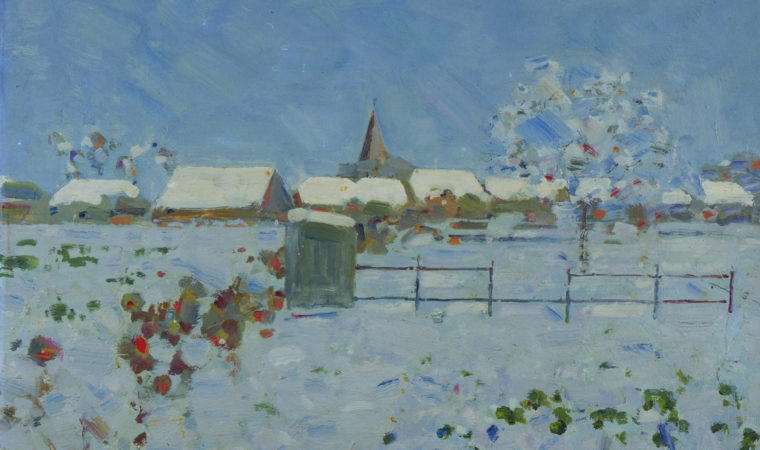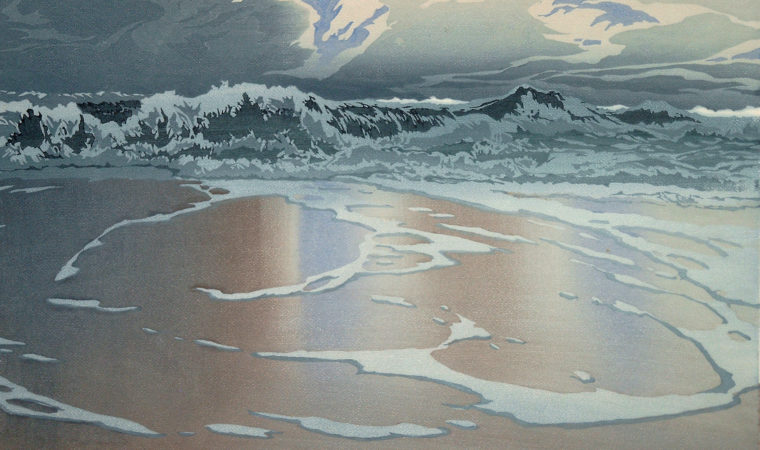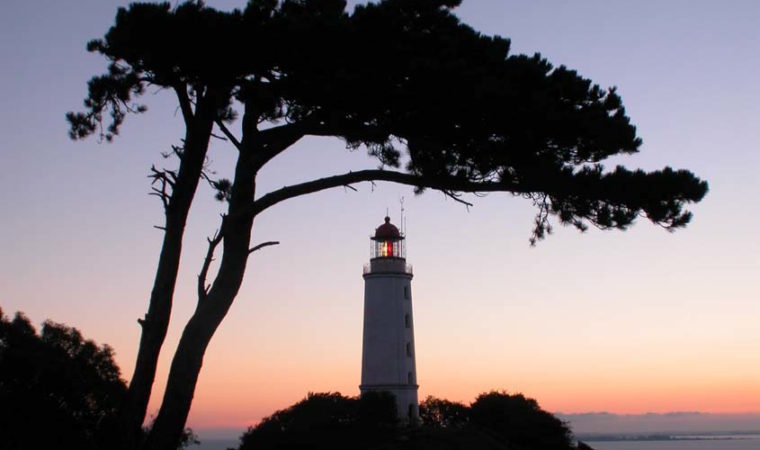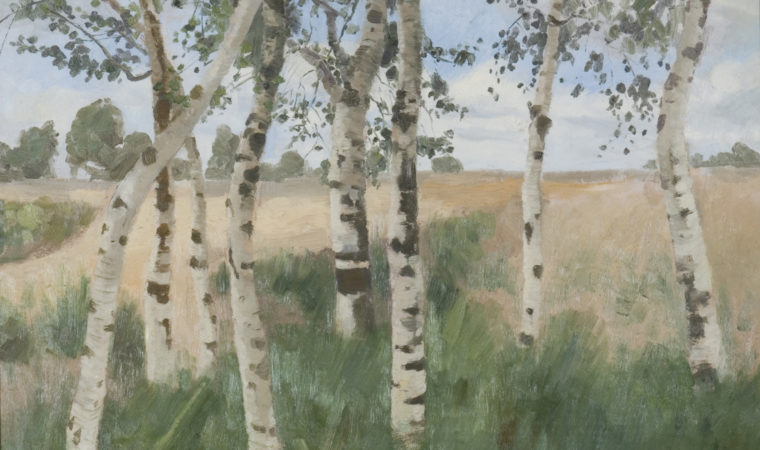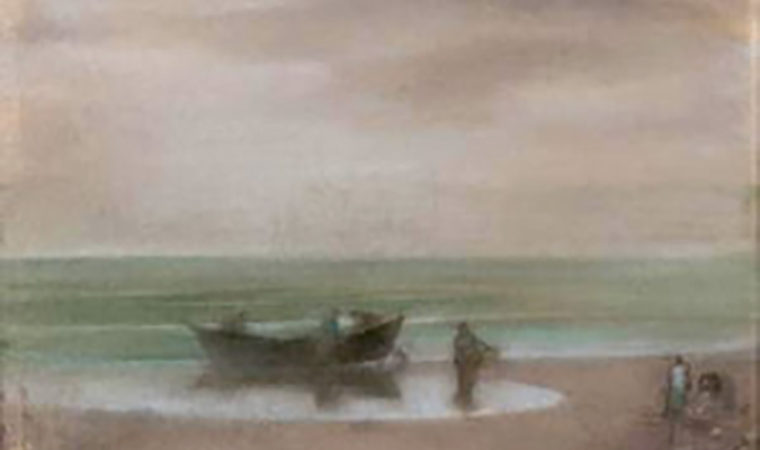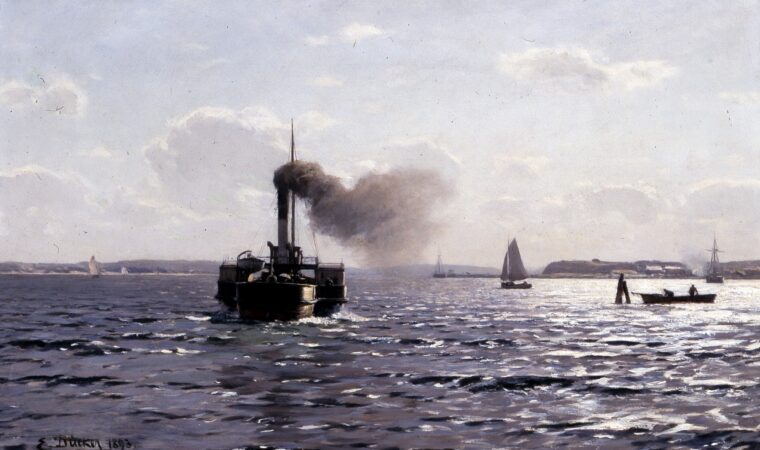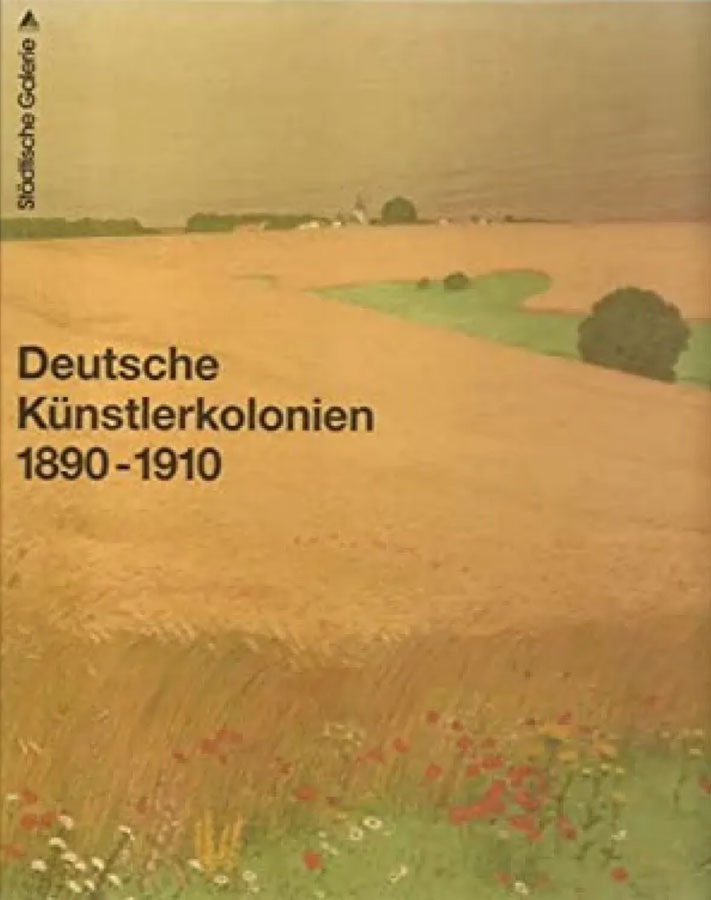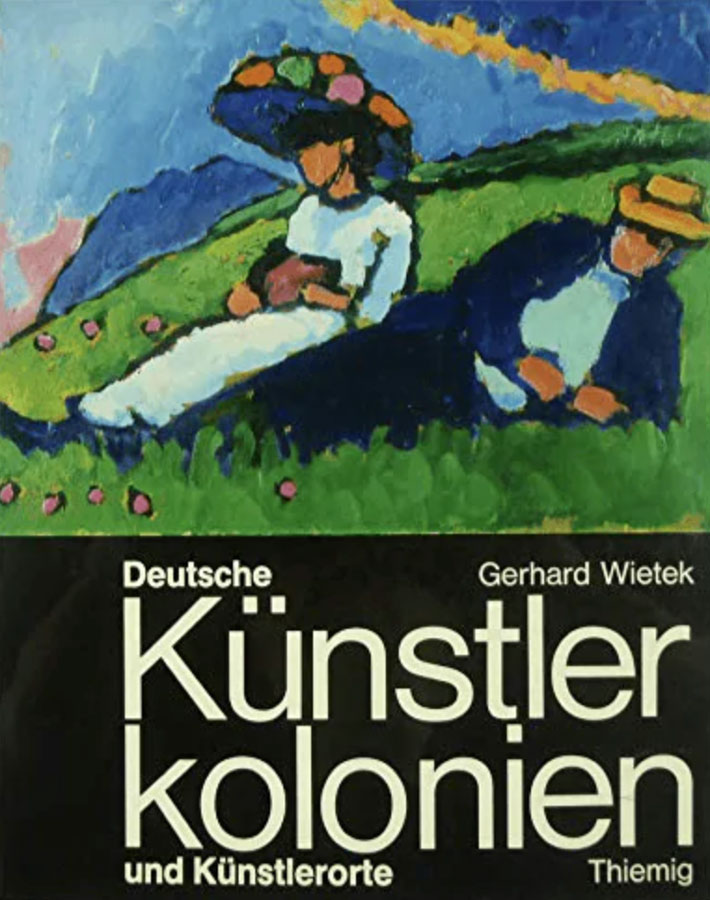What a wonderful and incredibly beautiful setting, the countryside outside of Bremen. Dötlingen is influenced by the river Hunte and is home to a thousand year old oak tree. This tree has had many different functions during its lifetime, serving as a meeting point for the unemployed before they went on their long walk to the Netherlands, to look for work in the cities there. In addition, the residents of Dötlingen celebrated village events around the oak tree, like the First of May and Thanksgiving Day. The tree, people and animals of the town have inspired many painters and illustrators since 1900.
This artistic fame helped Dötlingen become a well-known part of North Germany’s artistic communities. The artists loved the pull of a remote and wild lifestyle next to the river, instead of being in cities and their overwhelming industry. Uniting with nature and the promises of living life more peacefully has always been many artists’ focus. In this colony, artists created
photographic portraits and watercolors of old farmhouses, sheep barns and baking ovens. They showed the harshness of peasant life and the grueling challenge of daily existence for these town people. Using traditional and new techniques on canvas, paper and cloth, and using wood, clay, textile and stone, the artists in Dötlingen showcased a diverse range of crafts.
Today, the Dötlingen Galleries offer many opportunities to meet contemporary artists and see their creative works. Old and new crafts are still being practised in many workshops.
